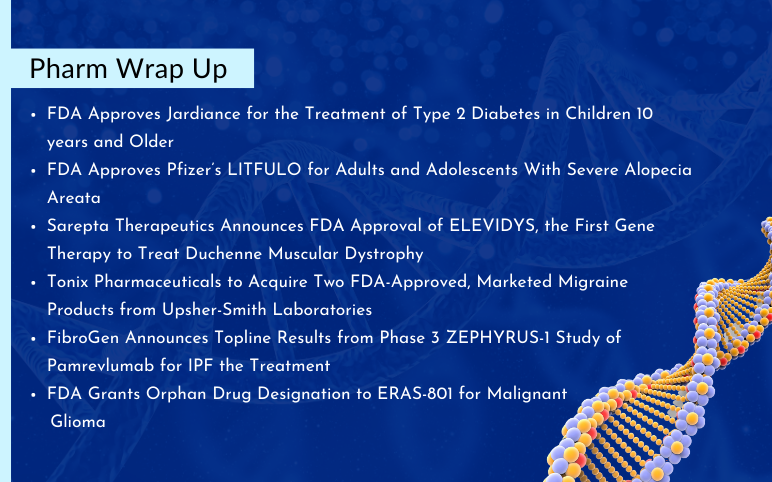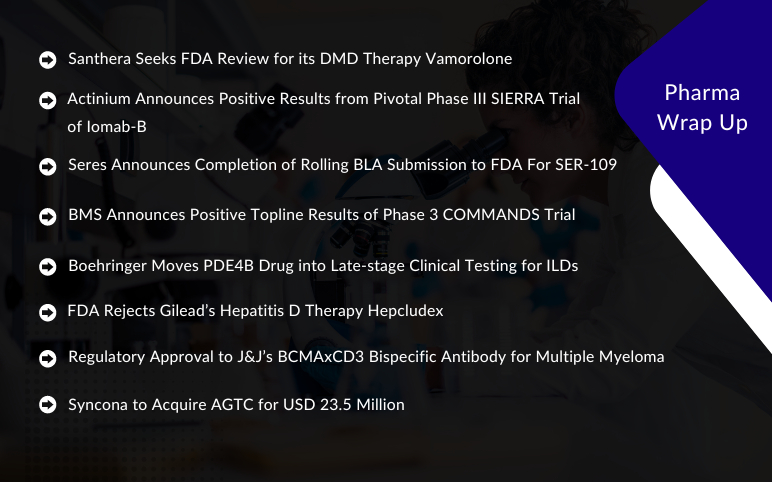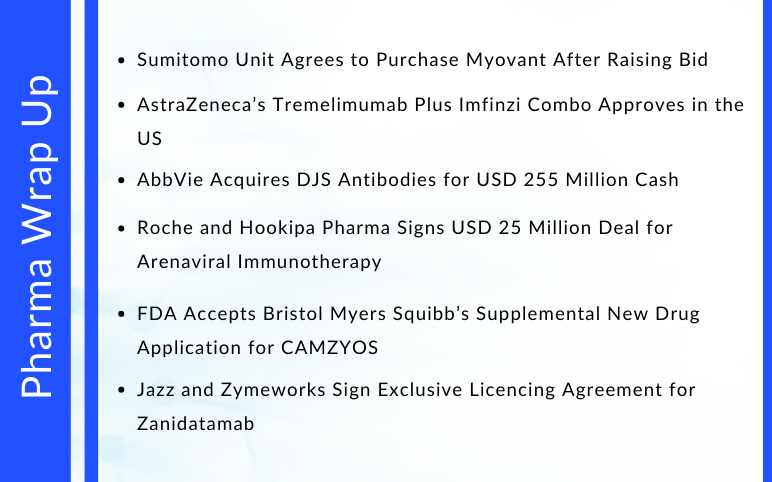According to NIH, Idiopathic Pulmonary Fibrosis prevalent cases are estimated to be 13 to 20 per 100,000 people worldwide, making it’s a rare but severe lung disease.
Idiopathic Pulmonary Fibrosis (IPF) is progressive and chronic scarring of lung tissues hampering the transport of the oxygen into the bloodstream. The global Idiopathic Pulmonary Fibrosis burden has increased over the years.
Idiopathic Pulmonary Fibrosis Epidemiology
DelveInsight estimated that the total Idiopathic Pulmonary Fibrosis diagnosed prevalent population in 7MM was approximately 265,394 cases in 2017, which is expected to grow during the forecast period. Moreover, higher Idiopathic pulmonary fibrosis diagnosed prevalent cases were observed in the U.S. with 101,736 cases in 2017, followed by EU5 and Japan. Talking specifically about EU5 countries, Germany was leading with 37,912 diagnosed prevalent IPF cases, France following closely with Spain having the least IPF diagnosed prevalence.
IPF is a progressively debilitating disease, with no available cure. With the lack of any approved therapy, the current Idiopathic pulmonary fibrosis market is dependent on supportive therapies intended to improve the survival of the patient and optimise their quality of life (QoL). The IPF supportive therapies mainly include systemic corticosteroids, immunosuppressant drugs and tyrosine kinase inhibitors along with approved anti-fibrotic drugs. Nintedanib and Pirfenidone, at present, dominates the current Idiopathic Pulmonary Fibrosis therapy market, targeting mild to a moderate segment of the patient population. Without a doubt, there is an imperative need for new treatments that promise to help IPF patients, who have limited or no treatment options.
Entry of late-phase potential drugs like Pemrevlumab (FibroGen), PLN–74809 (Pliant Therapeutics), KD025 (Kadmon Corporation, LLC), PRM151 (Promedior, Inc.), Tipelukast (MediciNova), CC 90001 (Celgene), PBI-4050 (Prometic BioSciences), BG00011 (STX-100) (Biogen), GLPG 1690 (Galapagos NV), BMS 986020 (Bristol-Myers Squibb), VAY 736 (Morphosys, Novartis Pharmaceuticals) and MK-7264 (Afferent Pharmaceuticals, Inc., Merck), TD139 (Galecto Biotech AB) covering all the severity segments of IPF may bring revolution in the treatment of IPF by 2028.
Moreover, five potential therapies, namely Tipelukast, TAS-115, Thrombomodulin Alfa, LT-1001 and LT1002, expected to hit the Japan market by 2020, and improve the IPF therapeutic landscape in Japan.
Not long ago, PLN-74809, a lead candidate of Pliant Therapeutics, received orphan drug designation from the U.S. FDA for the treatment of Idiopathic Pulmonary Fibrosis. Recently, Pharmaceutical company, FibroGen, which is running the clinical trials for its candidate Pemrevlumab, revealed promising results in the Idiopathic Pulmonary Fibrosis treatment. The drug significantly lowered down the IPF progression and improved lung functioning drastically. The company announced the beginning of the ZEPHYRUS Phase 3 study of Pemrevlumab. FibroGen further assured the IPF patient pool of an improved life by addressing the underlying unmet needs in the field of Idiopathic Pulmonary Fibrosis, through its innovative therapeutic approach in the form of Pemrevlumab.
As per DelveInsight’s analysts, the Idiopathic Pulmonary Fibrosis market size in the 7MM was found to be USD 1,700 million in 2017 and is expected to grow in the future years owing to the anticipated launch of IPF emerging therapies during the forecasted period 2019-2028.
United States is expected to grab the highest Idiopathic Pulmonary Fibrosis market share of 2028 with USD 1100 million. Among EU5 countries, Germany has the potential to dominate the IPF market size with USD 182 million in 2017, while United Kingdom to settle with the least Idiopathic Pulmonary Fibrosis market share of USD 50 million in 2017.



